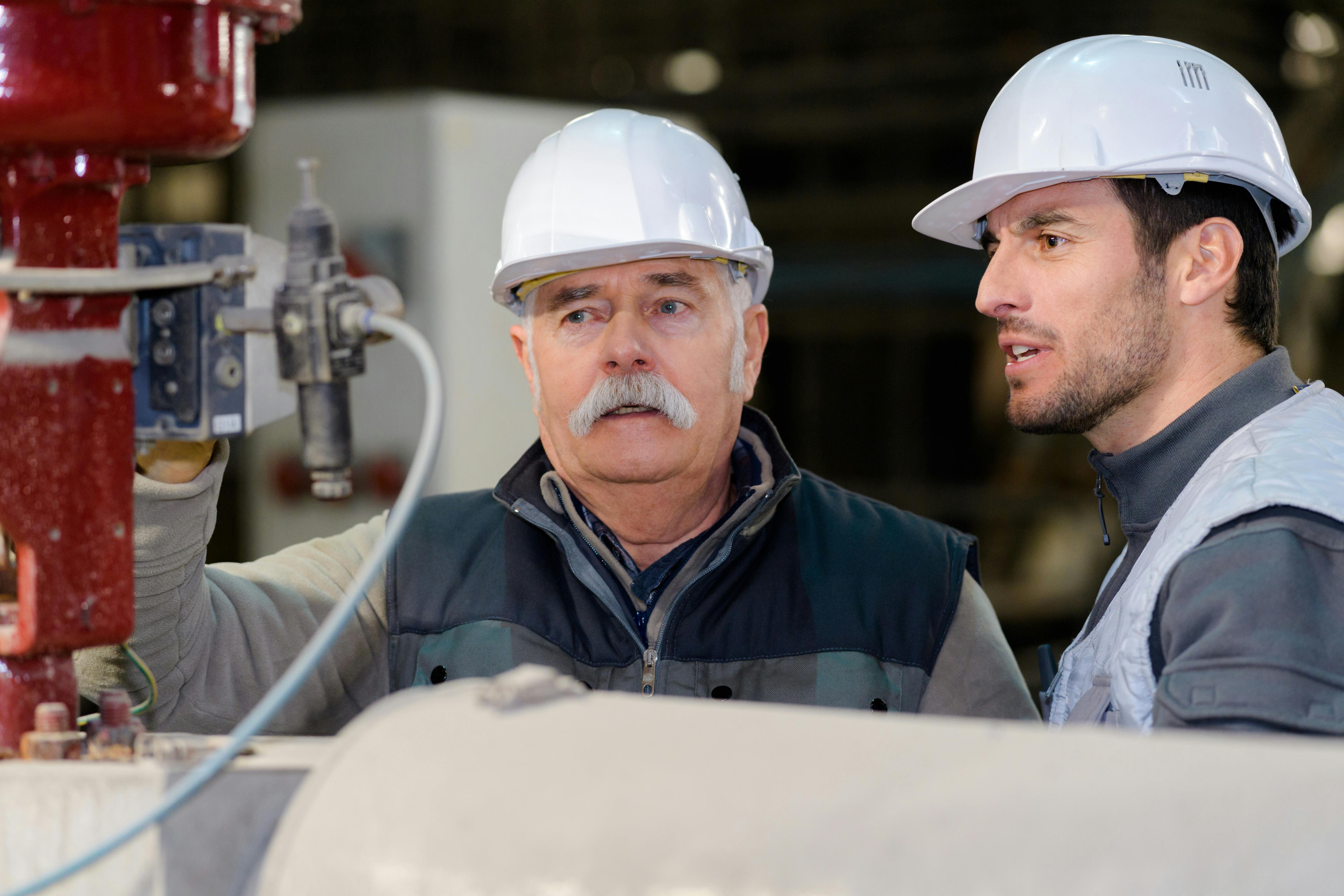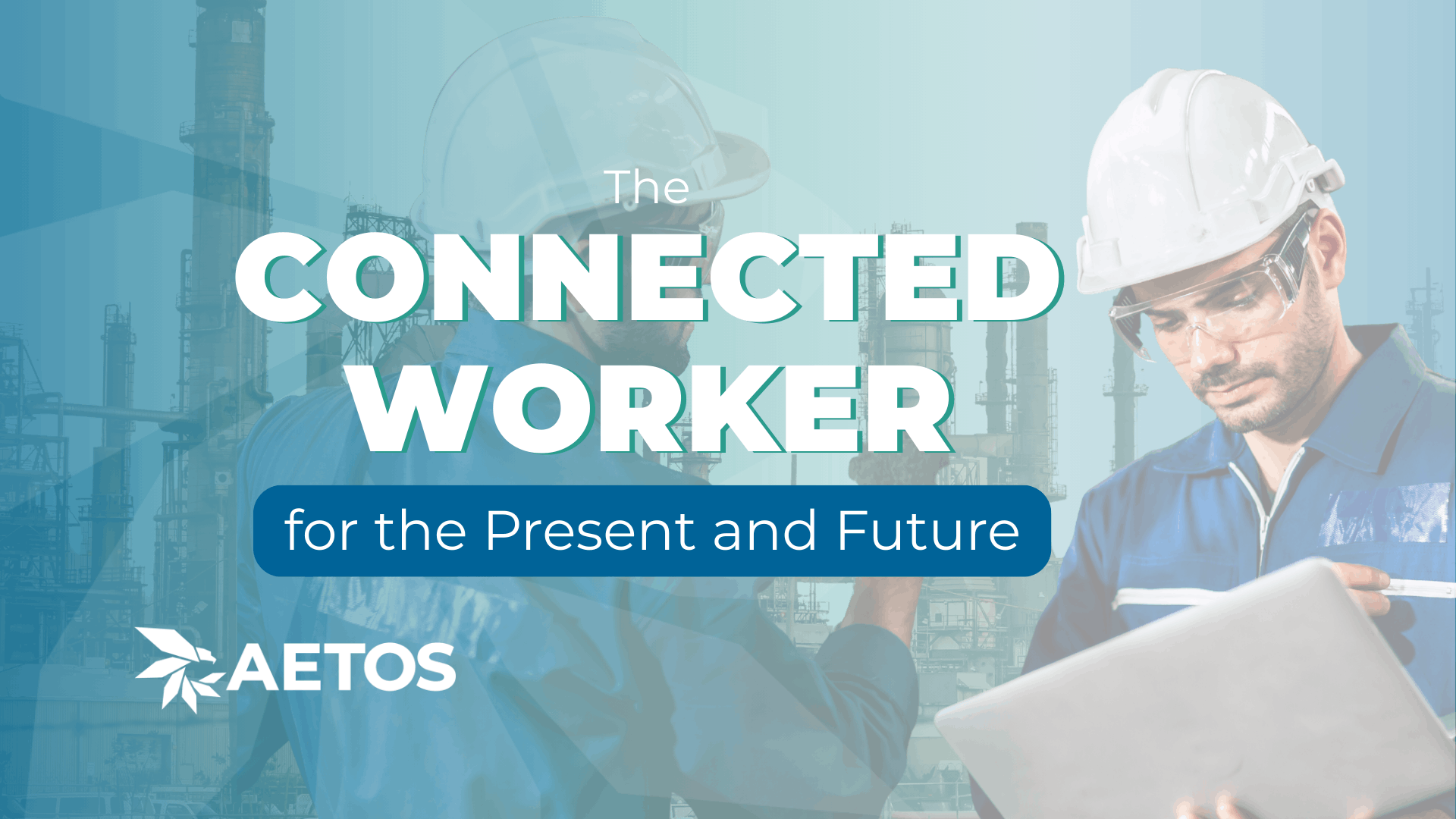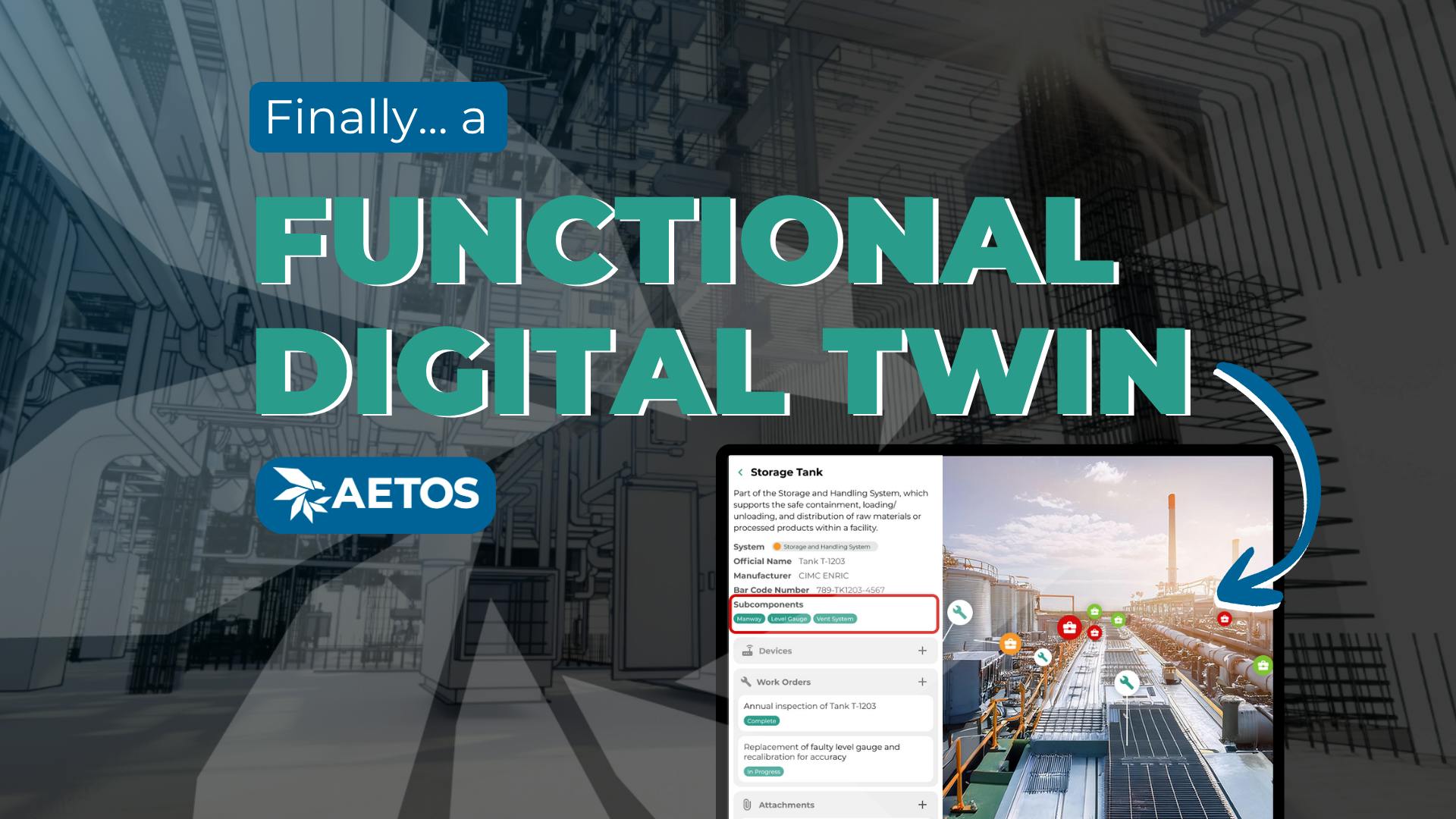Accelerating Retirement Rates Are Causing the Knowledge Gap to Widen
The American workforce was hit with the most disruptive pandemic in history in 2020. Yet a viral issue that is quietly, yet rapidly sneaking up on employers across nearly all industries is the exponential uptick in retirement.
Retirement and resignation rates are outpacing the hiring rates in multiple industries. One in four workers in the United States is a baby boomer, nearly 41 million citizens. The experience of this generation is dominant and prevalent. Hence, as they start transitioning out of the workforce – particularly within high-level senior positions – there is an unavoidable gap created in the tribal knowledge of an institution.
Schools and universities, nursing and healthcare workers, and civil sectors are all facing a decline in retention rates. Personnel management organizations are desperate to solve this massive concern.
Engineers are undoubtedly essential to well-run infrastructure. Without engineers, there simply would be an absence of effective operations in every piece of architecture – and many are leaving the field. It’s no wonder that these crucial departures are having a significant impact.
In Detroit, nearly 1,000 salaried workers at Ford opted to retire due to pension payouts by December 1st of this year. While it’s very understandable why engineers and employees would make such financial decisions, there is a hidden repercussion within the move: hundreds of thousands of hours of experience held by such employees evaporated. And although nearly all of the 1,000 workers were anticipated to retire by 2024, the time that could have been utilized to train and educate their replacements is now gone.
And very recently, Boeing lost hundreds of experienced engineers in the Seattle-area for similar reasons. Pension payouts proved to be a leading cause for highly-accomplished engineers to leave the field at Boeing. More than 500 highly experienced engineers, along with nearly 130 additional technical workers left the company.
In situations like these, tribal knowledge that was obtained and professionally implemented by the workforce is lost. This, in turn, has the potential to cause a huge set-back in facilities management know-how, implementation strategies, and even nuanced responses to various scenarios
It is challenging to restore qualified personnel. Yet even more so, industrial and commercial businesses and corporations are having an even harder time replacing their building engineers and experts. Even when considering advanced technologies and new AI automations, the engineering industry is the most critical component when implementing effective building management and systems.
Infrastructures throughout the country are tasked with progressing as a productive entity while retention emerges as a glaring issue. Retirement causes deceleration. Resignation prompts delay. And these withdrawals – regardless of the cause – are creating ominous, expensive implications for building managers to grapple with.
The new generation is simply not getting into older industries in enough quantities to fill the retirement gap. Simply put, there aren't enough mechanics and trade-oriented professionals to go around. Portfolio and building managers are hard-pressed to find and keep the personnel required to effectively operate.
These pressing conversations are compelling many institutions to find ways to fill the gap. Some companies like Aetos Imaging have decided to use their digital twin technologies to bridge the educational gap between generations.
A hyper-visual, hyper-functional software (called “Operate”), Aetos Imaging is intent on becoming the solution in the workforce rift. By leveraging a 3D environment – coupled with customized overlays of a virtual space – procedures are captured, logistics are saved, critical data is stored, augmented trainings are realized, conversations are recorded, and safety standards are upheld.
That is some serious firepower to combat the race against time as retiring workers are making space for an incoming crew – whether that be internal promotions or new hires.
Previously, a senior chief engineer would need to instruct and train up a new crew member about all the critical spaces of a building and the proper responses tied to a myriad of scenarios – not to mention the continual refreshers that would need to coordinate with schedules, building access, and even individual professionalism.
It can take months (or even years) for a replacement to really grasp and remember the processes within. And with the impact of retiring baby boomers (25% of the workforce being 60+ years old) and the difficulty in retaining Millennials (21% leave within a year), a new technology could not be more punctual.
It’s no secret that the American workforce is approaching a point of no return. Retirement rates are accelerating, and the knowledge gap is widening. What companies and organizations do in the meantime to prepare and implement this undeniable juncture will have the most significant impact on their respective relevance within their respective industries.



